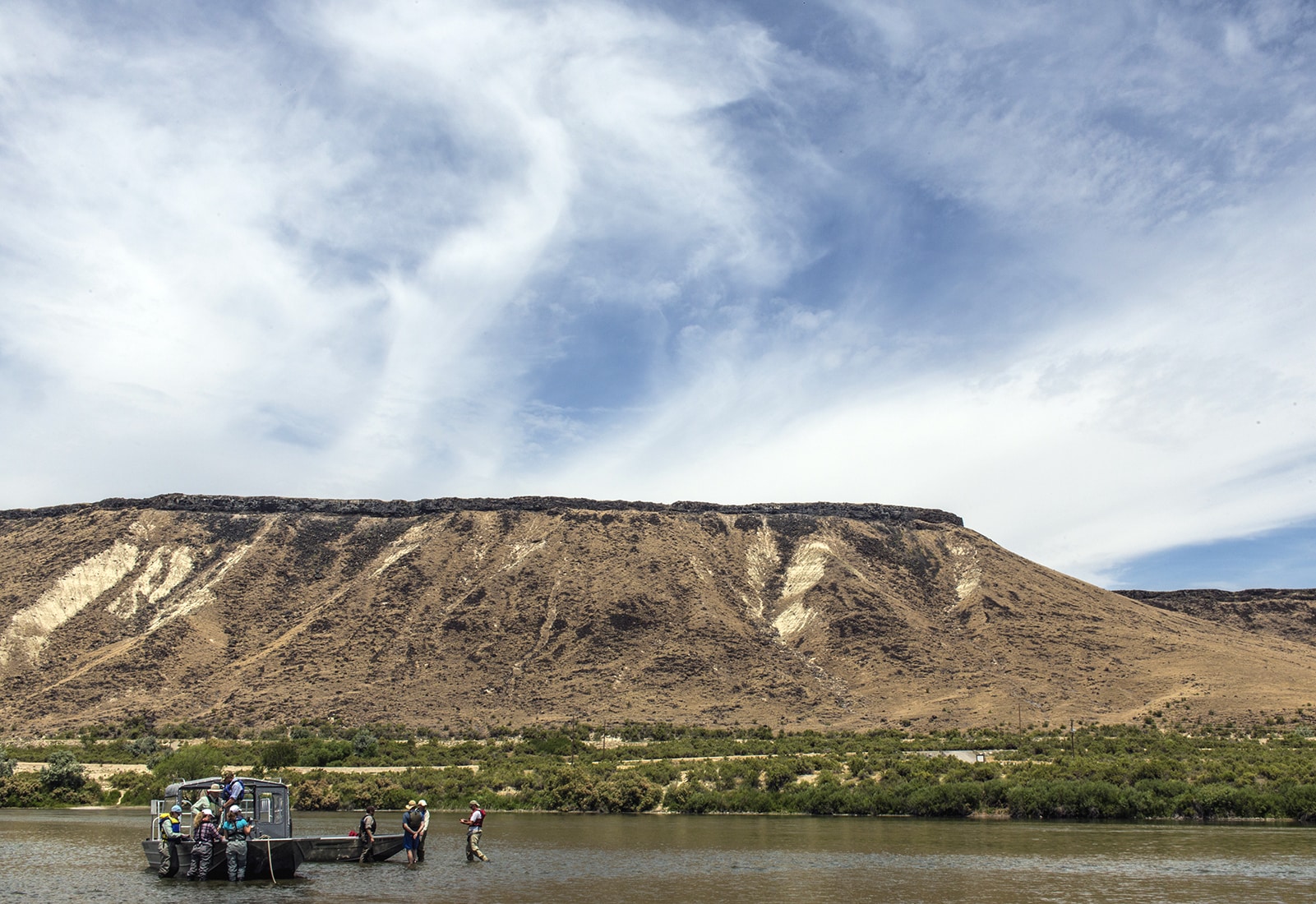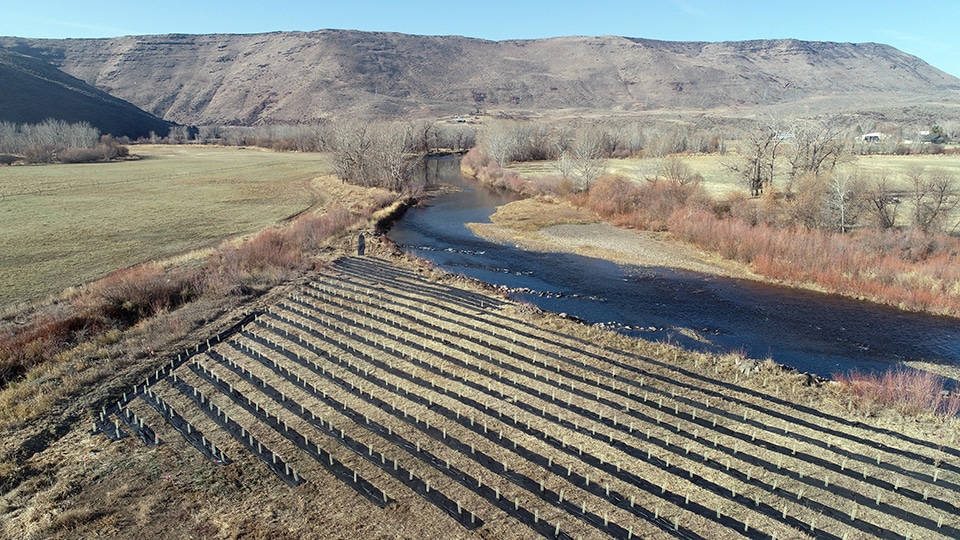Snake River Basin
MISSION OF THE BASIN: Improve water quality and support a sustainable agricultural economy.
The 1,000-mile Snake River flows into the Columbia, the largest North American river entering the Pacific Ocean. The Snake generates power for millions of people; supports vibrant tribal and agricultural communities and fisheries; is enjoyed by recreationists; and is a major vein for regional commerce.
Yet, if ever there was a need for speed in conservation, it is here. As a result of heavy use, the Snake’s flow and water velocities have decreased, leaving much of the river slow and shallow. Streamside vegetation that would have shaded and cooled the river is gone in many places. And agricultural runoff in the region promotes harmful methylmercury production.
To address high water temperatures, The Freshwater Trust (TFT) supported Idaho Power Company (IPC) in designing and securing regulatory approval for a $350-million watershed restoration solution called the Snake River Stewardship Program (SRSP). The SRSP will fund more than 100 miles of riparian revegetation and dozens of river reengineering projects in the Mid-Snake River basin.
To address toxic methylmercury, a byproduct of low-oxygen conditions caused by excess nutrients in agricultural runoff, TFT is working with agricultural producers to convert to high-efficiency irrigation. Our analysis shows that prioritized upgrades costing ~ $200 million could address the runoff issue driving methylation. Catalyzed by a $5.6 million Toxics Reduction Lead award from EPA, we are leading a watershed-wide approach. Using our precision analytics, TFT and the many funders who have joined this effort are coordinating and targeting investments to specific projects that can reduce runoff cost-effectively. As part of this effort, we are supporting IPC in developing a mercury management plan and driving efforts to secure additional federal funding from the Inflation Reduction Act (IRA) and Bipartisan Infrastructure Law (BIL) to build a robust funding pool and shovel-ready projects over the next few years.







